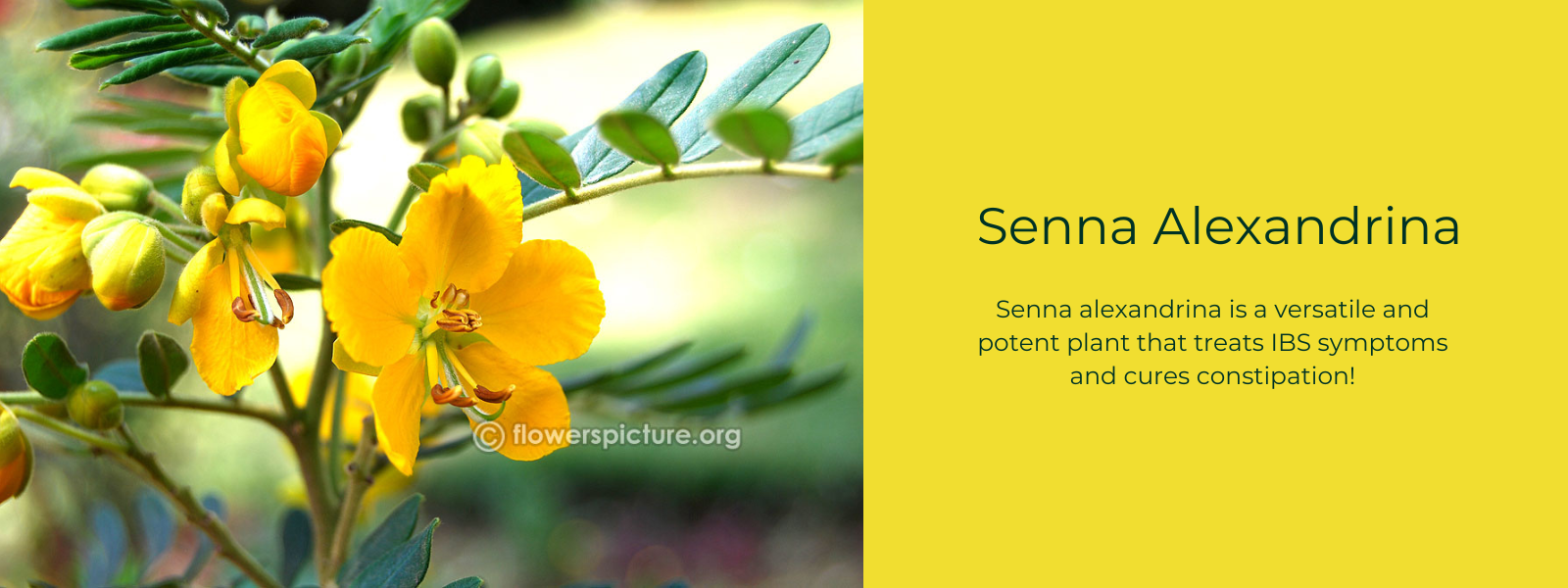Fish mint, also known as Houttuynia cordata, is a herbaceous plant commonly used in traditional medicine and culinary dishes in various parts of Asia. Its distinct fishy aroma and flavor make it a unique addition to many recipes. Beyond its culinary appeal, fish mint is packed with beneficial compounds that can promote health and wellness, offering a variety of medicinal properties.
Table of Contents
Several factors make fish-mint leaves, sometimes known as chameleon plants, a wonder herb. This less popular wild herb has a wide range of therapeutic benefits.
The chameleon plant, scientifically known as Houttuynia cordata, is a culinary and medicinal herb. Through cleansing, heat reduction, and diuretic activity, it has been used for hundreds of years in Asia to treat hyperglycemia, constipation, pneumonia, and hypertension.
What is fish mint?
The herbaceous perennial plant known as fish mint (Houttuynia cordata), sometimes referred to as chameleon plant, lizard tail, fish wort, and rainbow plant, is indigenous to Southeast Asia, China, Korea, and Japan.
The plant features small, white flowers that bloom in the early summer and broad, heart-shaped leaves with noticeable veins. The plants expand to a height and width of about 3 feet.
The root of fish mint is also edible, and the leaf is frequently used in Asian cooking as a fresh herb or vegetable. It tastes strangely like fish and has an odd flavour (hence the name).
Due to its capacity to regenerate from weak underground rhizomes that quickly break off and establish new plants when disturbed, it is regarded as an invasive plant.
Origin of fish mint:
This miracle herb's roots can be found throughout East Asia. These days, large parts of India, Nepal, Thailand, China, and Korea have this plant. In the USA and Europe, it is also grown for decorative purposes. Due to its powerful raw fishy smell, this plant is also known as fish mint or fish wort.
Dokudani cha, also known as Chameleon plant tea, is a well-liked beverage in Japan that has a strong reputation for treating persistent earaches. The leaves are used as a garnish as well as a leafy vegetable in Vietnam.
In north-east Indian salads like singju, which combines raw leaves, slices of lotus root, and herbs, the aromatic leaves and roots are savoured. It's a nutritious treat that has flavours of sesame seeds, toasted beans, and sour fermented fish with loads of chillies. Additionally, chickpea flour fritters made from its leaves are made.
The leaves and roots of this herb are used to flavour pickles in Nepal, where it is a common plant. The roots of this herb are eaten as a type of root vegetable in a number of China's southwestern regions. Amino acids, vitamins, and trace minerals including potassium, zinc, iron, copper, and manganese are all found in abundance in fish mint. It also contains bioactive substances with antioxidant potential, including flavonoids like quercetin and rutin, D-limonene, and alpha-pinene.
Culinary use of fish mint:
The leaves can be cooked with grilled meats and seafood, or they can be used as a garnish in soups, salads, fresh spring rolls, and other dishes.
The root of fish mint is also edible. It resembles a ball of spaghetti in appearance and can be consumed raw, cooked, or used as a seasoning. In Chinese cooking, the roots are referred to as zhe'ergen.
Benefits of fish mint:
- Antiviral - Fish mint is well-known for treating the SARS virus naturally. This plant functions as a kind of defence against this specific infection. Various research have shown that fish mint can combat Type 1 and Type 2 simplex, herpes influenza, and HIV.
- Antibacterial - Fish mint, in addition to being an antiviral herb, can also guard against bacterial illnesses or conditions. Studies have shown that this herb's extraction can lower the amount of Salmonella germs.
- Anti-inflammatory- One of the traditional remedies for inflammation is fish mint, an anti-inflammatory. Numerous tests and studies have been done on fish mint, and they have shown that it has anti-inflammatory effects and can treat a wide range of medical ailments.
- Allergies - By calming cytokines, fish mint can strengthen immune systems. This has a natural ability to support allergy therapies.
- Controls blood sugar levels- Blood sugar levels can be lowered by eating raw fish mint if you have diabetes. This plant can combat diabetes by boosting insulin production and regulating the body's release of glucose. Additionally, it aids in raising the body's levels of "good" cholesterol.
- Skin healing: Fish mint has long been used as a remedy for skin conditions. Fish mint leaves, which contain antibacterial and anti-inflammatory properties, are used to make a poultice. This can aid in the treatment of numerous skin-related issues.
- Good for Lung Health: Fish mint is frequently used in traditional Chinese medicine to treat lung infections. Due to its antiviral and anti-inflammatory properties, the lungs are shielded from infections. Of course, fish mint can regulate the mucus, which in turn regulates the axis of the gastrointestinal system.
- Obesity - Of all the advantages of fish mint, weight loss stands out as the most notable. This plant's herbal qualities can aid in weight loss.
Meyer Enamel Cast Iron Skillet 26cm, Grey
Conclusion:
Fish mint is a powerful herb with a wide array of health benefits, from enhancing immune function to supporting digestive health. Whether consumed in teas, soups, or as a garnish in salads, it is a versatile addition to any diet. Embracing the use of fish mint in both culinary and medicinal practices can contribute to overall well-being, making it a valuable herb to include in your daily routine.













Leave a comment